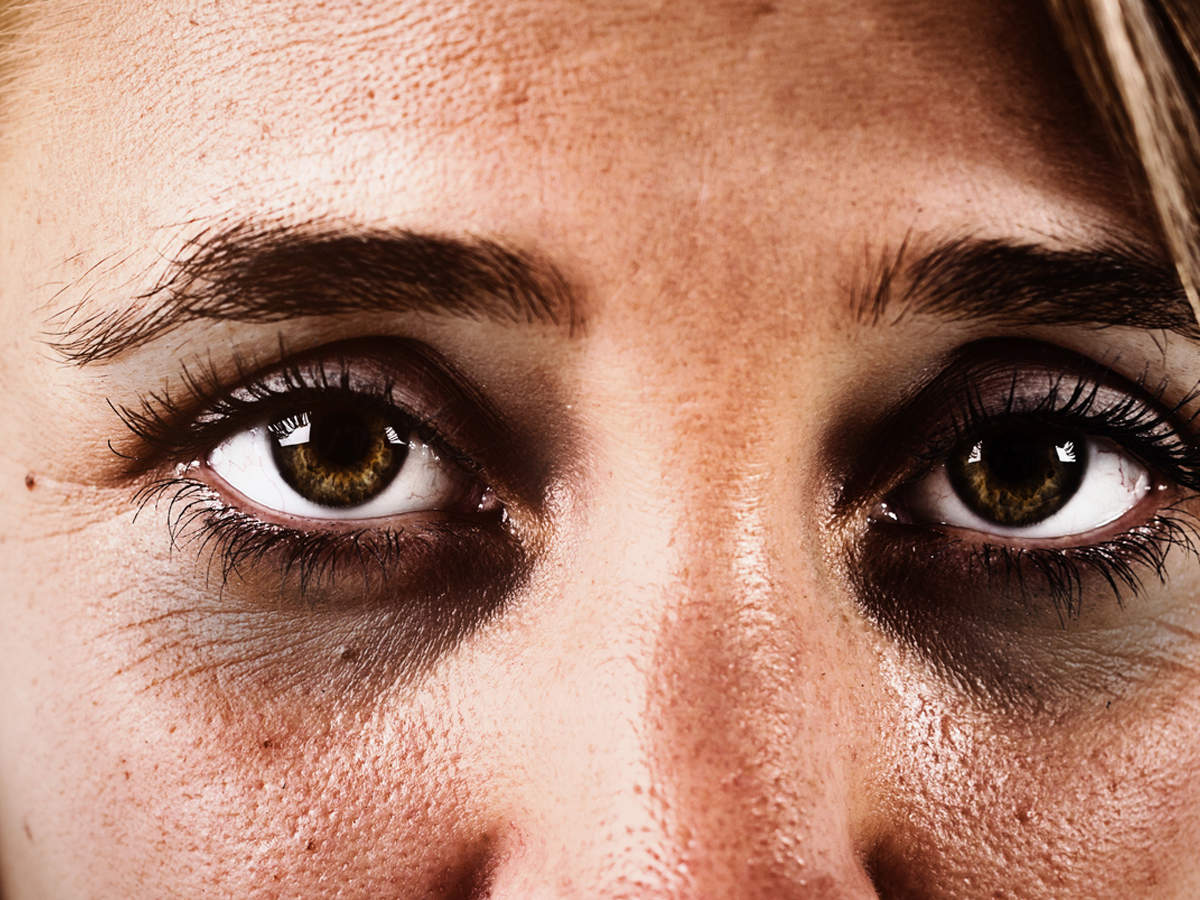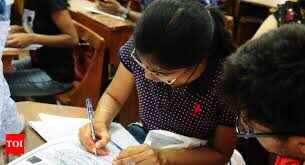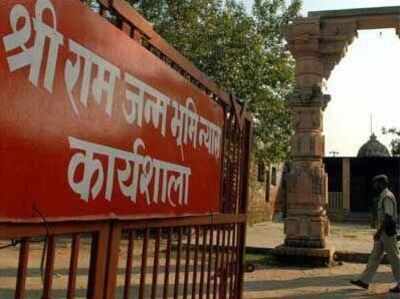
NEW DELHI: Relying on a 25-year-old Supreme Court judgment calling those who demolished the Babri Masjid "miscreants", Muslim parties on Tuesday argued before the court that "miscreants" who demolished the mosque could not claim ownership over the 2.77 acre disputed Ram Janmabhoomi-Babri Masjid land in Ayodhya.
Appearing before a bench of CJI Ranjan Gogoi and Justices S A Bobde, D Y Chandrachud, Ashok Bhushan and S Abdul Nazeer, senior advocate Rajeev Dhavan said "miscreants" had also planned and surreptitiously placed idols inside the mosque on the night of December 22, 1949, and "miscreants" harassed Muslims to dissuade them from offering namaz regularly at the mosque since the 1934 communal riots in which the structure was damaged.
"Can these actions of 'miscreants' preventing Muslims from access to the mosque be taken now as a ground by the Hindus to claim ownership through adverse possession?" he asked while citing the SC's 1994 judgment in Ismail Faruqui case, in which it had appointed the Centre as the receiver of the disputed land as well as the surrounding area which was acquired through a 1993 notification after the Babri Masjid was demolished.
A three-judge bench of the SC had said in 1994, "The miscreants who demolished the mosque had no religion, caste or creed except the character of a criminal and the mere incident of birth of such a person in any particular community cannot attach the stigma of his crime to the community in which he was born."
However, in the very next paragraph of the judgment, the SC had said, "The miscreants who demolished the mosque are suspected to be persons professing to practise the Hindu religion. The Hindu community must, therefore, bear the cross on its chest, for the misdeed of the miscreants reasonably suspected to belong to their religious fold." Dhavan made full use of the 25-year-old judgment to attempt to drive home the point of Muslim parties that those responsible for demolishing the mosque could not claim ownership through adverse possession.
Dhavan said there was an unmistakable conspiracy hatched by Hindus since March 1949, which in connivance with then deputy commissioner K K Nair led to placing of idols of Ram Lalla inside the mosque under the main dome. "The idols were outside the structure on Ram Chabutra till then and Hindus were worshipping it there," he said.
"It was no spontaneous act of Hindus to place the idols inside the mosque. They did not let Muslims to pray there and then said the community did not offer namaz at the mosque," he said.
Dhavan adopted Nirmohi Akhara's argument which questioned maintainability of Ram Lalla's suit. Arguments will continue on Wednesday.
Appearing before a bench of CJI Ranjan Gogoi and Justices S A Bobde, D Y Chandrachud, Ashok Bhushan and S Abdul Nazeer, senior advocate Rajeev Dhavan said "miscreants" had also planned and surreptitiously placed idols inside the mosque on the night of December 22, 1949, and "miscreants" harassed Muslims to dissuade them from offering namaz regularly at the mosque since the 1934 communal riots in which the structure was damaged.
"Can these actions of 'miscreants' preventing Muslims from access to the mosque be taken now as a ground by the Hindus to claim ownership through adverse possession?" he asked while citing the SC's 1994 judgment in Ismail Faruqui case, in which it had appointed the Centre as the receiver of the disputed land as well as the surrounding area which was acquired through a 1993 notification after the Babri Masjid was demolished.
A three-judge bench of the SC had said in 1994, "The miscreants who demolished the mosque had no religion, caste or creed except the character of a criminal and the mere incident of birth of such a person in any particular community cannot attach the stigma of his crime to the community in which he was born."
However, in the very next paragraph of the judgment, the SC had said, "The miscreants who demolished the mosque are suspected to be persons professing to practise the Hindu religion. The Hindu community must, therefore, bear the cross on its chest, for the misdeed of the miscreants reasonably suspected to belong to their religious fold." Dhavan made full use of the 25-year-old judgment to attempt to drive home the point of Muslim parties that those responsible for demolishing the mosque could not claim ownership through adverse possession.
Dhavan said there was an unmistakable conspiracy hatched by Hindus since March 1949, which in connivance with then deputy commissioner K K Nair led to placing of idols of Ram Lalla inside the mosque under the main dome. "The idols were outside the structure on Ram Chabutra till then and Hindus were worshipping it there," he said.
"It was no spontaneous act of Hindus to place the idols inside the mosque. They did not let Muslims to pray there and then said the community did not offer namaz at the mosque," he said.
Dhavan adopted Nirmohi Akhara's argument which questioned maintainability of Ram Lalla's suit. Arguments will continue on Wednesday.
more from times of india news
Trending Topics
LATEST VIDEOS
Trending Videos
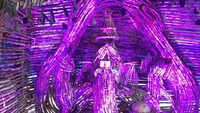 Ganesh Chaturthi: This sugarcane 'Buppa' has become talk of the town in AP
Ganesh Chaturthi: This sugarcane 'Buppa' has become talk of the town in AP  Malaika Arora slays all-black gym look and we can't stop gushing over it
Malaika Arora slays all-black gym look and we can't stop gushing over it  Latest Hindi Song 'Zone' Sung By Zishan Sayyed
Latest Hindi Song 'Zone' Sung By Zishan Sayyed 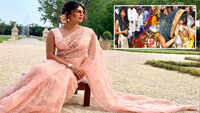 Priyanka Chopra posts about ‘that feeling of love in the air’, misses Mumbai’s Ganesh Chaturthi celebrations
Priyanka Chopra posts about ‘that feeling of love in the air’, misses Mumbai’s Ganesh Chaturthi celebrations
More from TOI
Navbharat Times
Featured Today in Travel
Quick Links
Article 370RTI BillPodcast newsYamuna FloodG7 SummitMaharashtra election 2019West Bengal ElectionTamil Nadu election 2019UP Election 2019Bihar election 2019UP Election DateAndhra Election DateBihar Election DateAndhra Assembly ElectionLok SabhaMP Election DateMaharashtra Election DateShiv SenaYSRCPTDPWB Election DateJDUCongressBJP newsGujarat Election DateSC ST ActUIDAIIndian ArmyISRO newsSupreme CourtRajasthan Election DateTelangana Election DateTamilrockers 2018Uttarakhand newsSikkim newsOrrisa newsKarnataka Election DateNagaland newsSatta KingManipur newsMeghalaya news
Get the app


